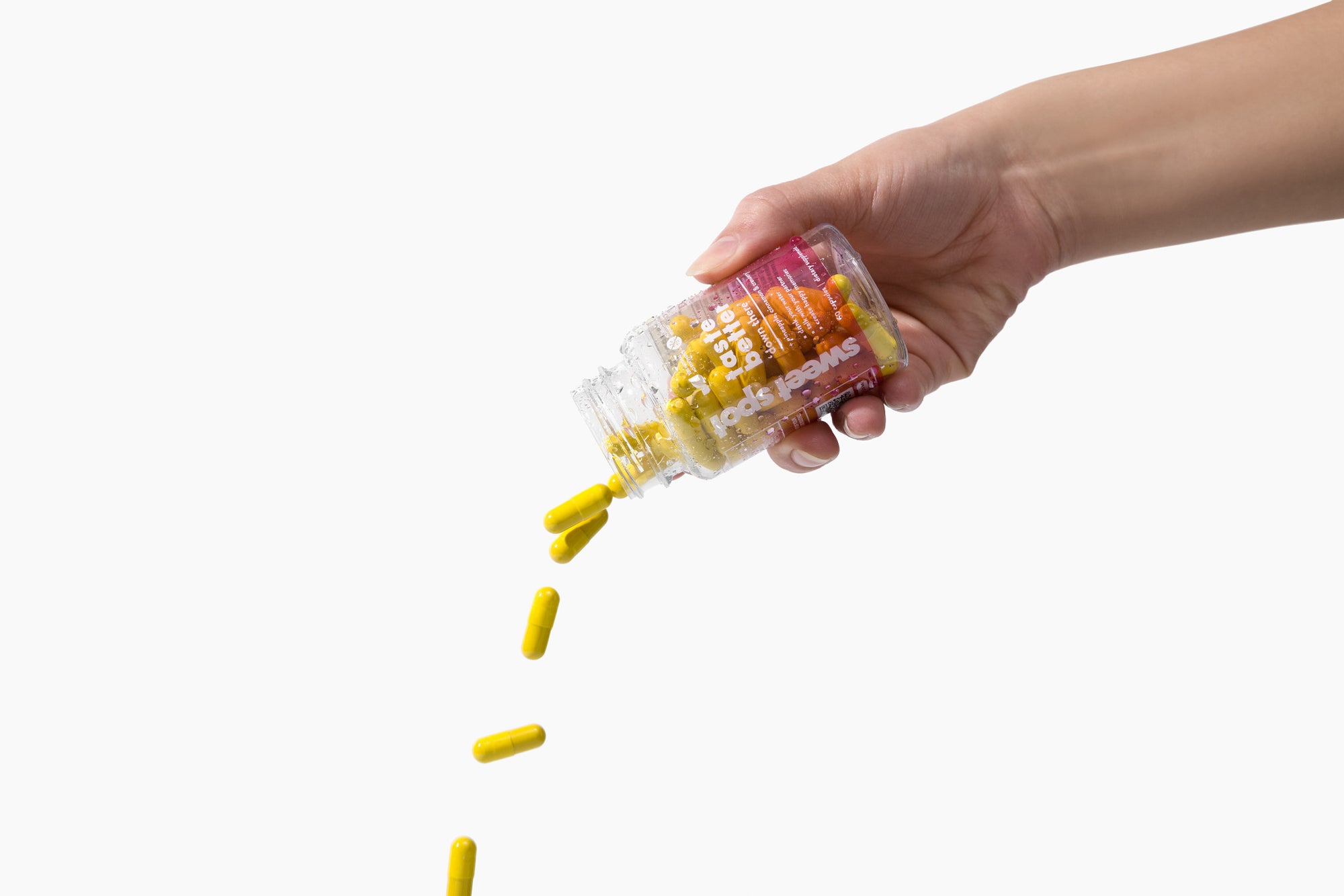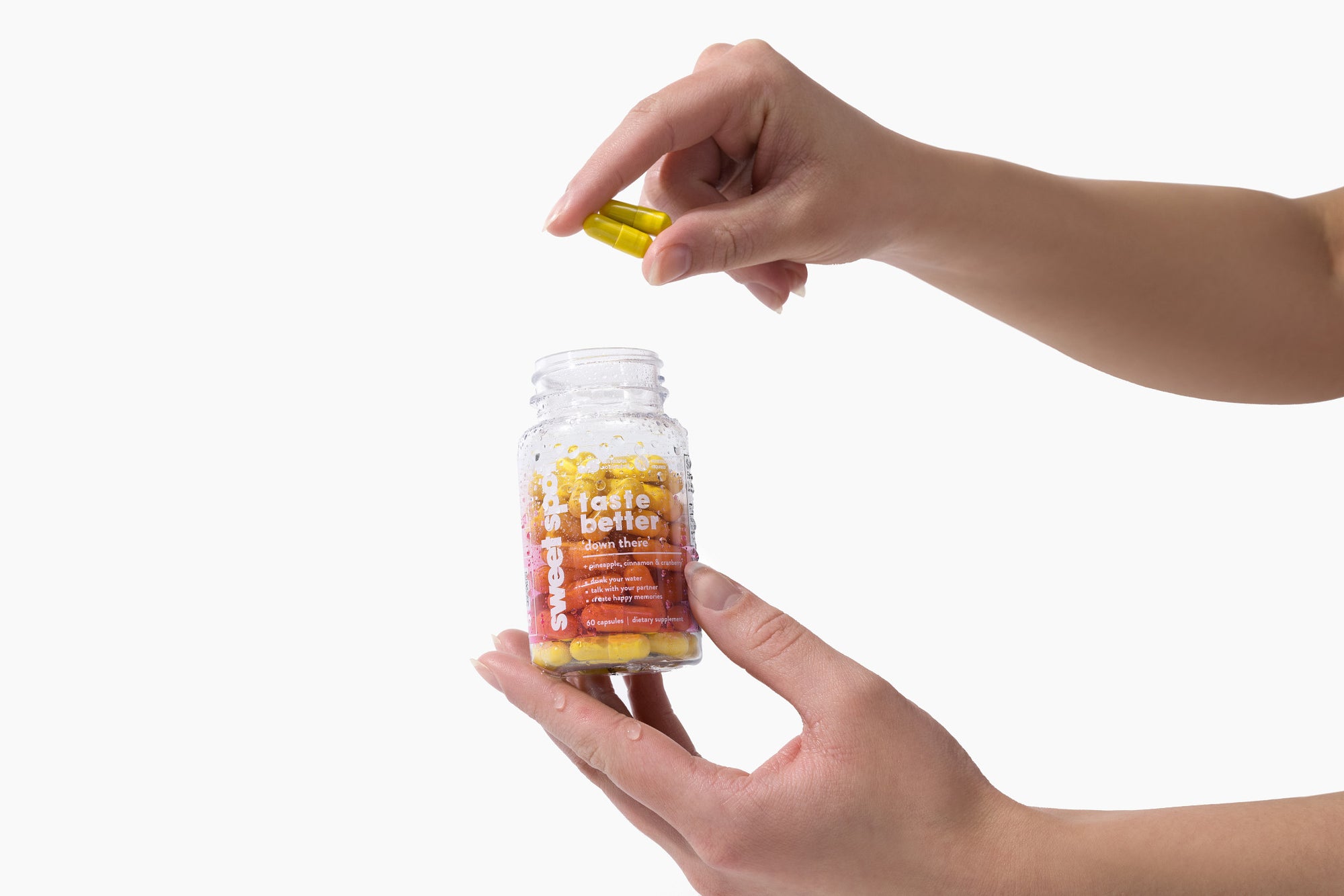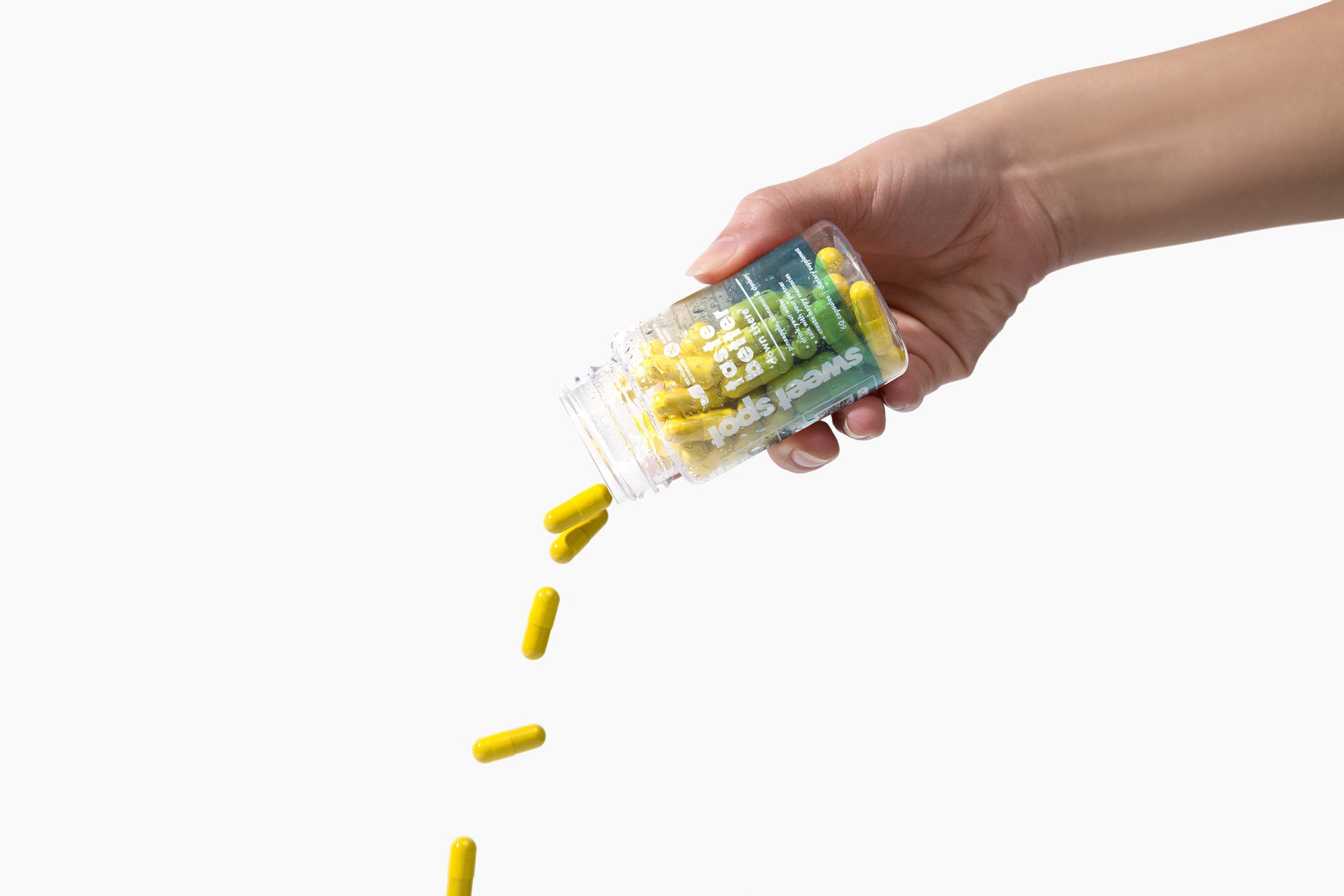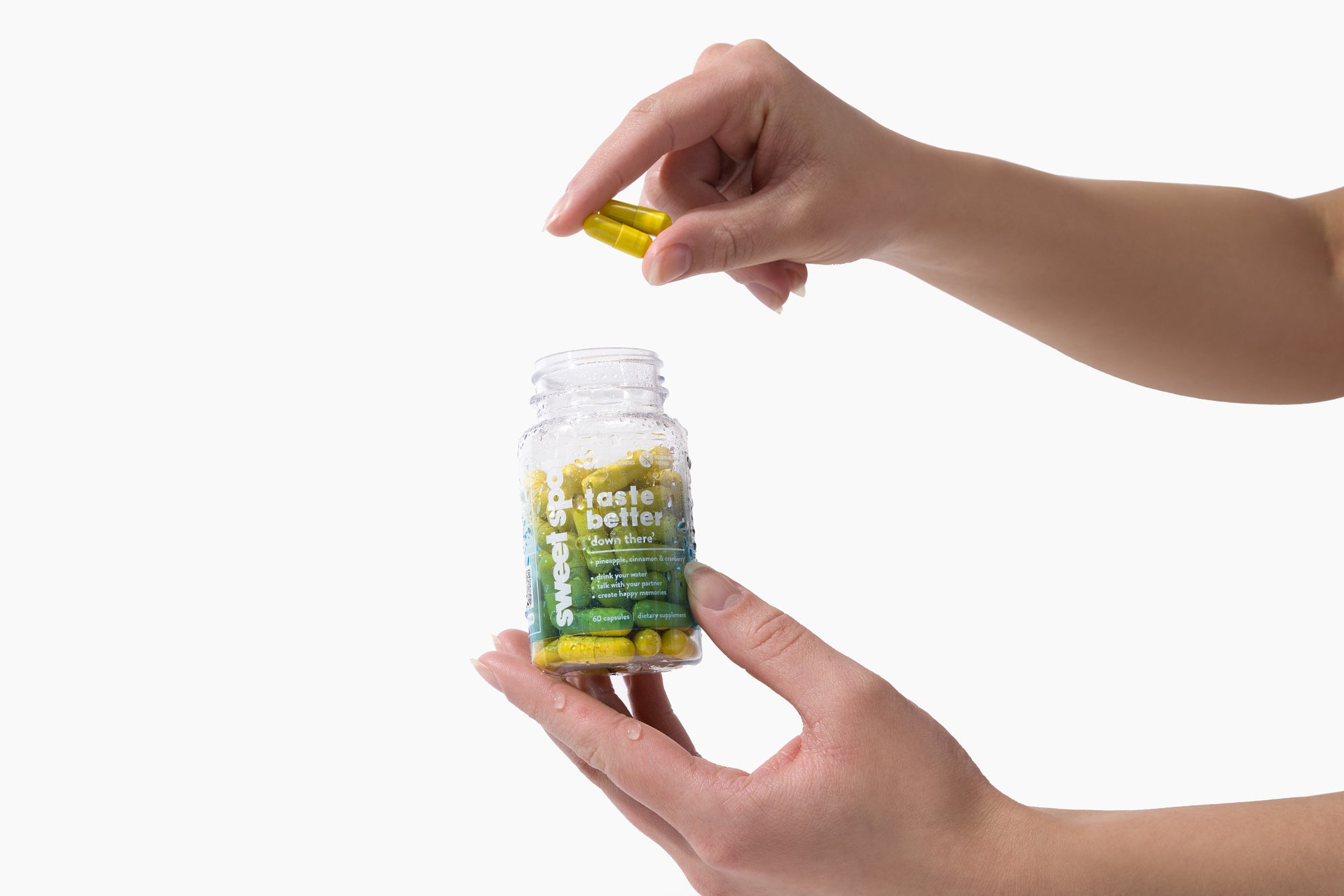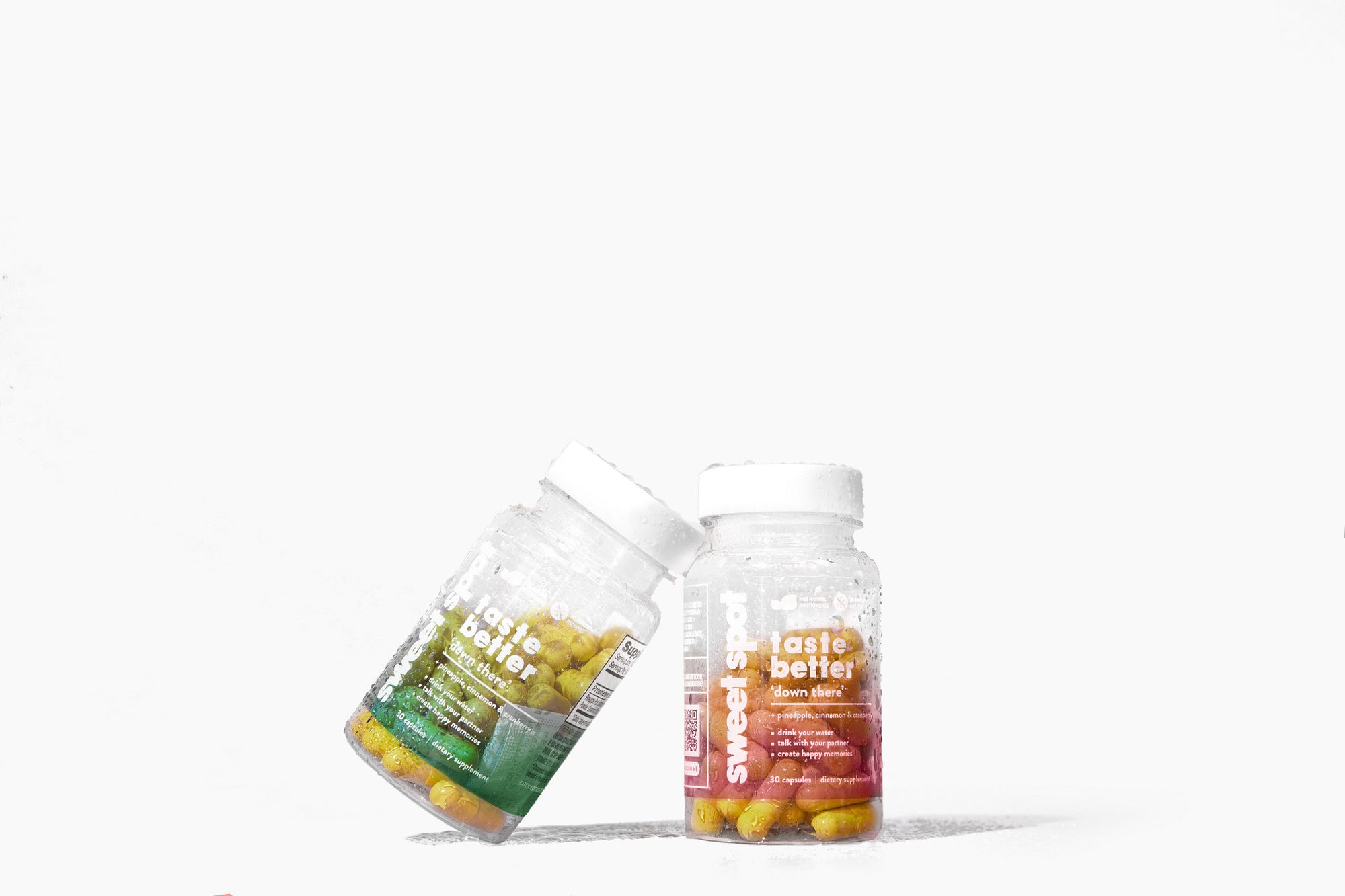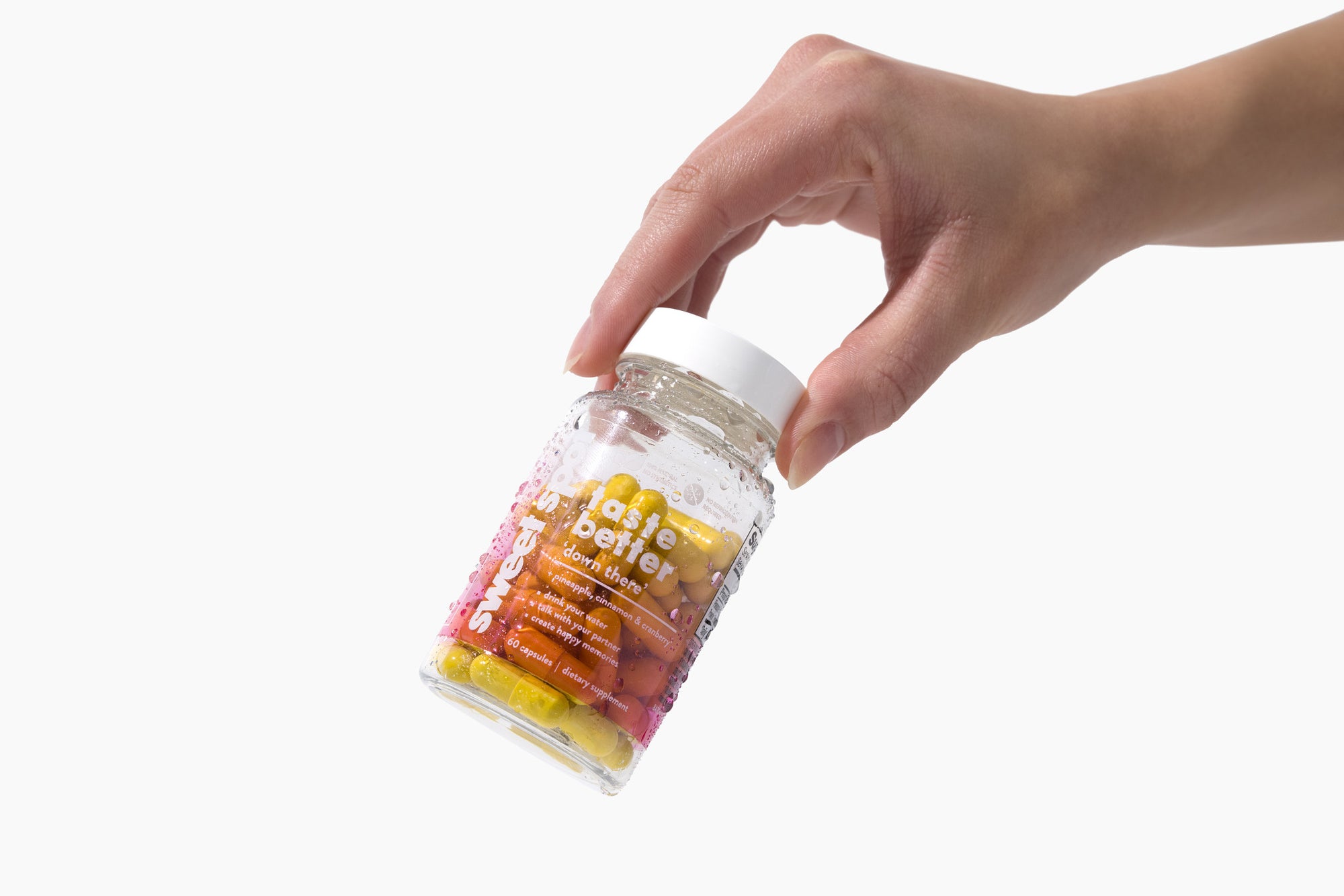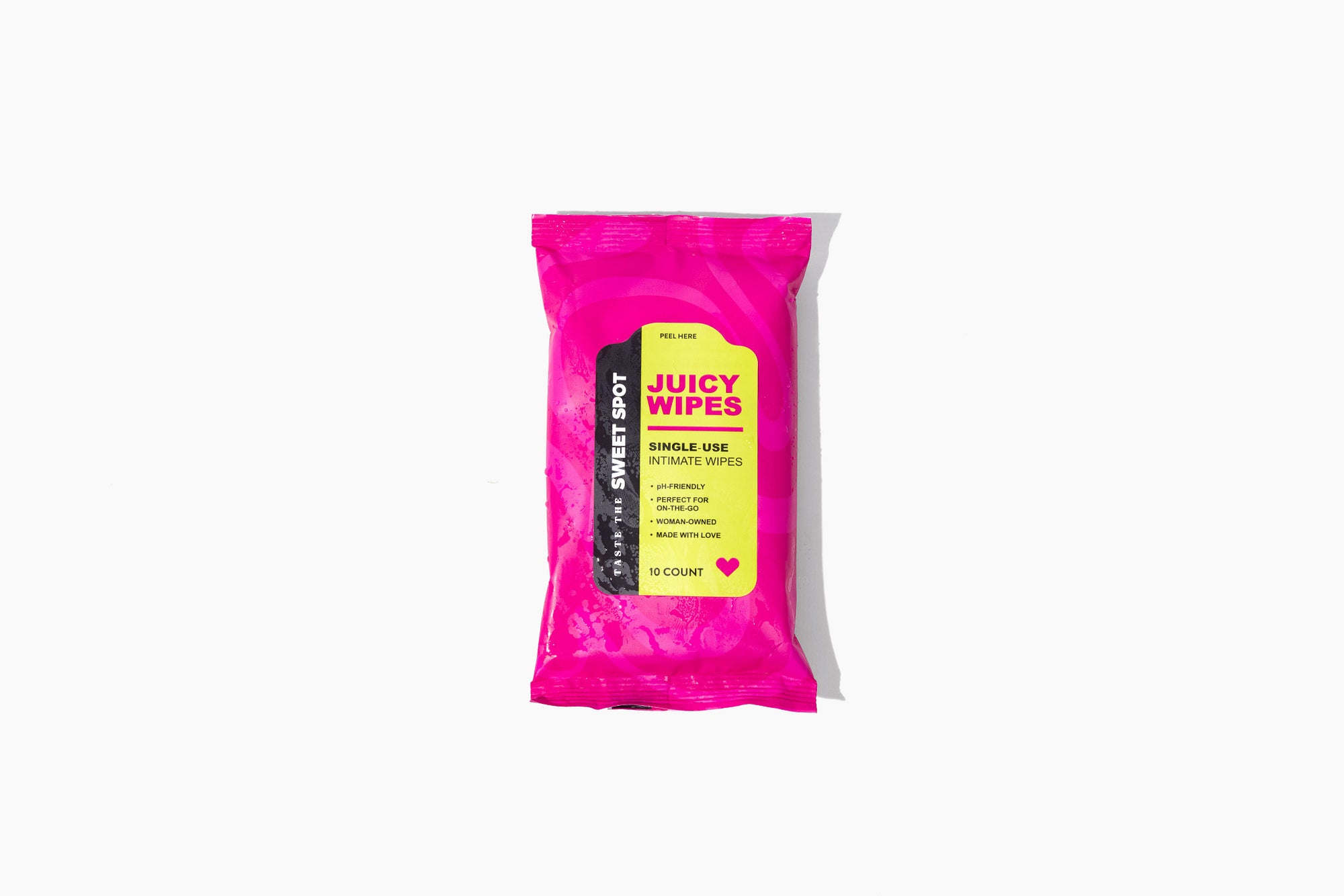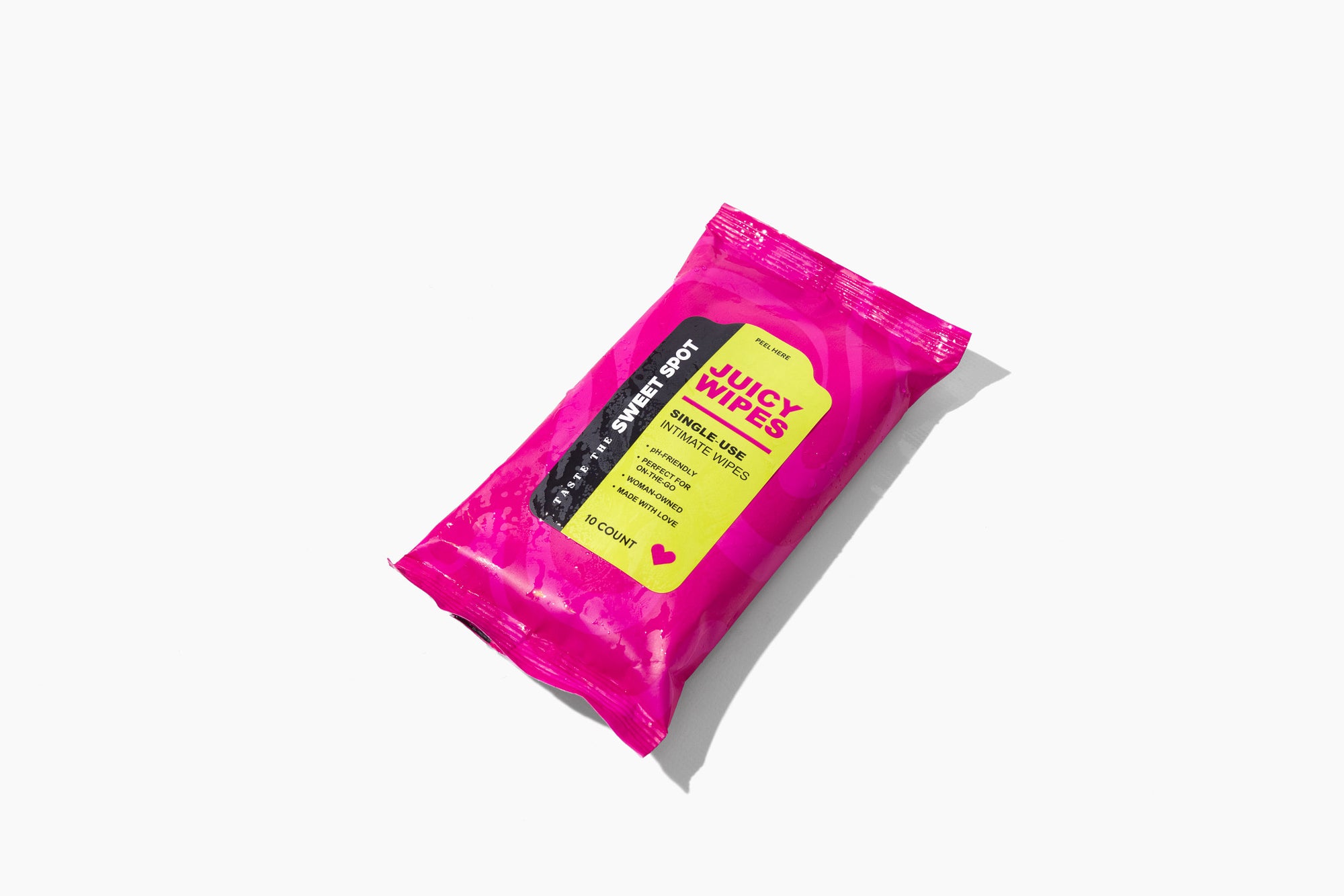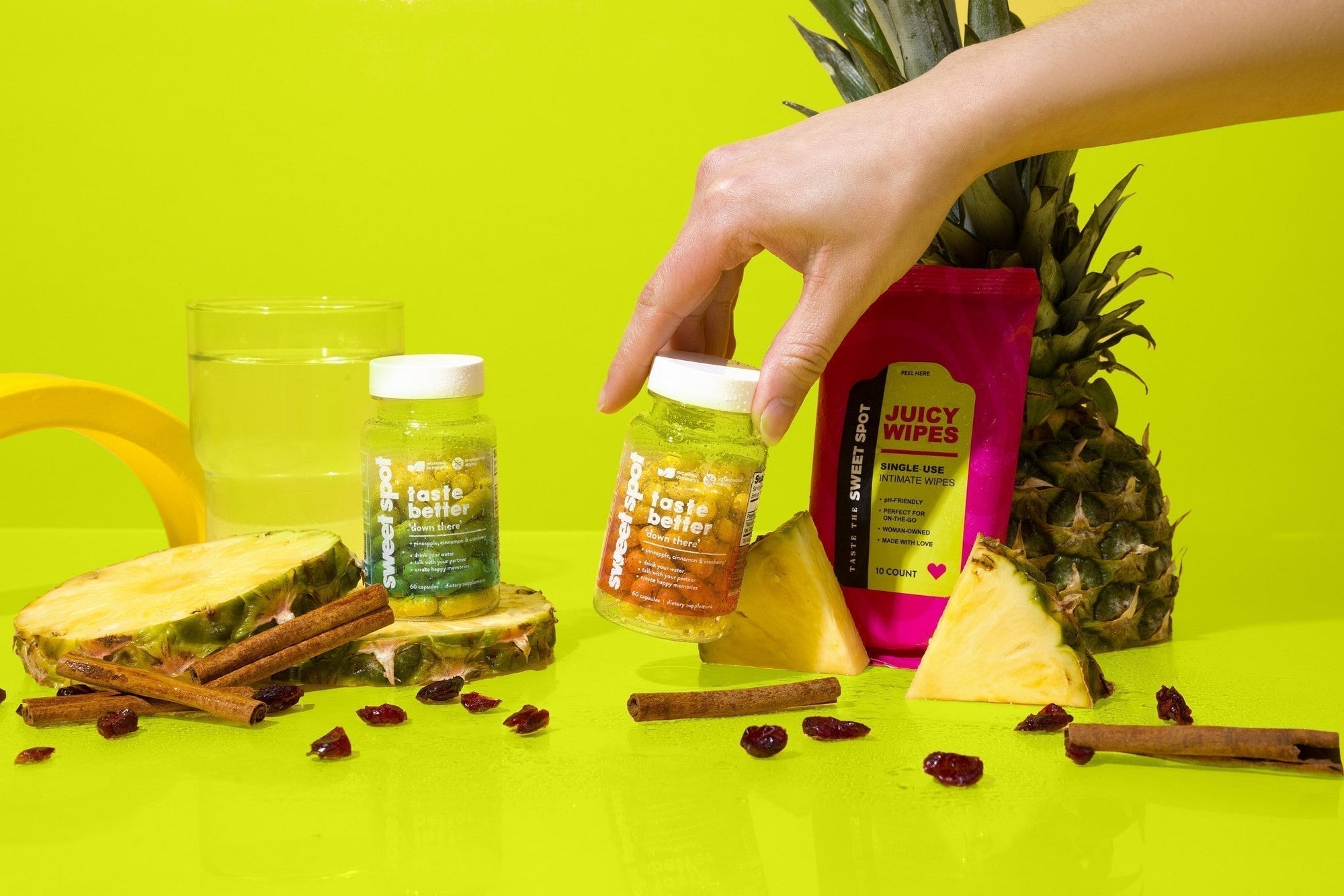

Best Probiotic For Vaginal Health
Understanding the Role of Probiotics in Vaginal Health
What Makes Probiotics Effective for Vaginal Support?
Probiotics are live microorganisms that support a healthy balance of bacteria in the body, particularly in the gut and vaginal microbiomes. For vaginal health, the most effective probiotics are strains that help maintain an acidic pH environment, prevent the overgrowth of pathogens like Candida albicans, and support immune functions. A vaginal microbiome dominated by Lactobacillus species—such as L. rhamnosus, L. reuteri, and L. crispatus—is considered ideal due to its ability to produce lactic acid and hydrogen peroxide, natural defenses against infection.
The Connection Between Vaginal pH and Probiotic Balance
The vaginal pH typically ranges between 3.8 and 4.5, a slightly acidic range that prevents harmful bacteria from thriving. Factors like antibiotics, hormonal changes, or stress can disrupt this balance, increasing the risk of yeast infections, BV (bacterial vaginosis), and UTIs. Probiotics work by replenishing beneficial bacteria, promoting acidic pH, and stabilizing vaginal flora. Regular intake of vaginal-specific probiotics can be key to sustaining this equilibrium and improving overall vaginal comfort and scent.
Key Strains and Science-Backed Benefits
Most Researched Probiotic Strains for Vaginal Health
When choosing the best probiotic for vaginal health, it’s critical to focus on strains backed by clinical research. Lactobacillus rhamnosus GR-1 and Lactobacillus reuteri RC-14 have been widely studied for their ability to adhere to vaginal walls and reduce the recurrence of infections. Lactobacillus acidophilus and Lactobacillus crispatus are also associated with maintaining a resilient vaginal microbiome. These strains help crowd out bad bacteria, reduce inflammation, and even modulate local immune responses.
Unique Probiotic Blends and Synbiotic Formulations
Many of the best vaginal probiotics go beyond individual strains and incorporate synergistic blends or synbiotics (probiotic + prebiotic). Prebiotics such as inulin or xylooligosaccharides (XOS) feed beneficial bacteria, improving their survival through the digestive tract and their colonization of the vaginal canal. Formulations like V-Positiv™ or products featuring Bacillus subtilis DE111® offer shelf-stable solutions that don’t require refrigeration while maintaining potency and effectiveness.
How to Use Vaginal Probiotics and What to Expect
Daily Routine and Supplement Protocols
Most vaginal probiotic supplements come in easy-to-swallow capsules and are intended for daily use. Consistency is key—taking them at the same time each day with or without food helps support microbiome stability. For women ages 18 and up, especially those prone to BV or yeast infections, daily use of clinically supported blends can reduce flare-ups and maintain long-term vaginal comfort. Some supplements are safe for use during menstruation, but always follow brand-specific usage guidelines.
Timeline of Results and Realistic Expectations
Users often notice improvements in vaginal comfort, discharge, and scent within the first 1–2 weeks of regular probiotic use. However, results can vary based on the individual’s health, hormonal cycle, diet, and previous antibiotic use. While some women feel positive effects within days, others may take a month to experience full benefits. Long-term benefits—such as fewer infections or better vaginal pH—typically emerge after 8–12 weeks of continuous use.
You may also like
🔬 The Science Behind Why Certain Foods Influence Taste & Scent
While popular advice often mentions pineapple, citrus, or cranberries, it's important to understand the underlying biological mechanisms that make these foods effective. Many fruits such as pineapple contain enzymes like bromelain, which break down proteins and may alter the chemical composition of bodily fluids. Citrus fruits are rich in citric acid, which increases saliva production and balances pH levels, contributing to a fresher, sweeter profile. Foods like yogurt introduce probiotic cultures (lactic acid bacteria) that help maintain a healthy microbiome, which can influence both vaginal and overall body scent. Additionally, antioxidant-rich foods such as cranberries and parsley support detoxification processes that may reduce unwanted odors. Though individual results may vary, combining these foods with proper hydration, hygiene, and targeted supplements like Sweet Spot Probiotics creates a holistic approach to enhancing natural body taste and scent.
Ingredient Quality and Product Comparison
What’s Inside: Probiotic Ingredients & What to Avoid
The best vaginal probiotics feature clinically studied strains and avoid fillers, sugars, or artificial colors. Look for supplements with transparent labeling that disclose CFU (colony forming units) count—typically between 5 billion and 10 billion per serving. High-quality products use clean capsules like hydroxypropyl methylcellulose (HPMC) and avoid corn syrup, soy, gluten, or gelatin. Many are vegan, non-GMO, and third-party tested for purity.
How to Compare Probiotic Brands for Vaginal Health
Not all probiotics are created equal. Key differentiators include the presence of proven Lactobacillus strains, prebiotic inclusion, shelf stability, and packaging. For example, Taste The Sweet Probiotic for Women is OB/GYN-approved and popular for its blend and potency. Others offer targeted benefits for urinary tract health or hormonal support. Always check if the product has been third-party tested and if it aligns with your dietary and health needs—especially if you’re on other medications or supplements.
Addressing Common Questions and Lifestyle Tips
Do You Need to Refrigerate Vaginal Probiotics?
Many newer vaginal probiotics are shelf-stable due to improved encapsulation and freeze-drying technologies. However, some high-potency or multi-strain products may still recommend refrigeration. Always read storage instructions. When traveling, opt for heat-resistant, shelf-stable formulas to ensure efficacy. Improper storage—like prolonged exposure to high heat—can degrade potency.
Diet and Lifestyle Considerations for Maximum Benefit
Diet plays a major role in probiotic effectiveness. A fiber-rich diet, low in refined sugars, helps fuel beneficial bacteria. Hydration, sleep, and managing stress also contribute to a healthy vaginal microbiome. Avoid excessive use of vaginal douches or harsh cleansers that may strip natural flora. Finally, for women prone to UTIs or recurrent yeast infections, combining probiotics with D-mannose or cranberry supplements may offer added protection.
Best Probiotics for Vaginal Health: What You Need to Know
Vaginal health plays a crucial role in overall well-being, and probiotics are emerging as a natural, science-backed solution for maintaining balance. But with so many options available, how do you know which probiotic to choose, when to take it, and what to expect? This guide answers your most common questions with clarity and evidence-based information.
1. Frequently Asked Questions and Practical Concerns
Do vaginal probiotics need to be refrigerated?
Not always. Many of the best vaginal probiotic supplements today are shelf-stable, meaning they don't require refrigeration. This is possible due to advanced encapsulation methods or freeze-drying processes. However, if a product does require cold storage, the label will specify it. To preserve potency, store all probiotics in a cool, dry place—especially if you're in a warm climate.
Can I take probiotics with other supplements or medications?
Yes, but timing matters. Probiotics are generally safe to take with most supplements and medications, including multivitamins and antibiotics. However, if you're on antibiotics, it's best to take probiotics a few hours apart to avoid interactions that reduce efficacy. Always consult with your healthcare provider, especially if you’re taking antifungal or immunosuppressive drugs.
2. Key Probiotic Strains for Vaginal Health
Which strains actually help with vaginal pH and yeast?
The most effective vaginal probiotics contain strains like:
-
Lactobacillus rhamnosus GR-1
-
Lactobacillus reuteri RC-14
-
Lactobacillus crispatus
-
Lactobacillus gasseri
These strains are known to produce lactic acid, support an acidic vaginal pH (3.8–4.5), and prevent the overgrowth of Candida yeast and other harmful bacteria. They also help promote a fresh scent, reduce itching, and minimize discomfort.
Are less common strains like Bacillus subtilis or L. salivarius effective?
Yes. Bacillus subtilis DE111® is a spore-forming probiotic that survives the stomach and helps balance vaginal and gut bacteria. Similarly, L. salivarius supports immune function and is often included in broader women's health blends. While less studied than L. rhamnosus, they still play supporting roles in maintaining a resilient vaginal microbiome.
3. Product Comparisons and Differentiators
How do I compare vaginal probiotics effectively?
Look for these differentiators:
-
CFUs (Colony Forming Units): Aim for 5–10 billion per serving.
-
Strain transparency: Choose products that list the full strain name (e.g., Lactobacillus rhamnosus GR-1), not just the genus/species.
-
Added prebiotics: These ingredients (like inulin or XOS) help probiotics thrive.
-
OB/GYN formulated: Many premium brands are designed in consultation with women’s health doctors.
What makes “Taste The Sweet Probiotic for Women” unique?
These branded products are known for:
-
Targeted blends (not generic multi-strains).
-
Clinical backing for UTI and yeast infection prevention.
-
Gentle, once-daily capsules that support both urinary and vaginal health.
4. Product Ingredients and What to Avoid
What should I look for in the ingredient label?
Prioritize:
-
Clinically studied strains
-
HPMC (vegan) capsules
-
Prebiotic fibers like inulin
-
Third-party purity/safety testing
Avoid:
-
Added sugars
-
Corn syrup or tapioca syrup
-
Artificial colors or flavors
-
Fillers like magnesium stearate (unless justified)
Why is ingredient traceability important?
Trustworthy brands offer full transparency—disclosing not just what's in the formula, but where the ingredients come from. Ingredient traceability ensures safety, avoids contaminants, and supports better absorption. It's especially critical for women with sensitivities or allergies.
5. Scientific Basis and Clinical Research
What does science say about probiotics for vaginal health?
A growing body of clinical research supports the role of Lactobacillus-based probiotics in:
-
Preventing BV (bacterial vaginosis)
-
Reducing yeast infections
-
Restoring microbiome balance after antibiotics
-
Supporting vaginal and urinary tract health
Studies published in journals like Clinical Infectious Diseases and BJOG show probiotics are effective both orally and vaginally, with oral capsules being the most convenient for daily use.
Is there a gut-vagina connection?
Absolutely. The vaginal-gut axis is a two-way relationship where gut health impacts vaginal flora. This is why many women take broad-spectrum probiotics that support both digestive and reproductive health. Prebiotics also help by nourishing healthy bacteria throughout both systems.
6. How to Use Vaginal Probiotics and What to Expect
How should I take my probiotic?
Take 1 capsule daily, ideally at the same time each day. Most can be taken with or without food. It’s safe to continue during your menstrual cycle unless your product says otherwise. For recurring vaginal concerns, a healthcare provider may recommend using it continuously for 3+ months.
How long does it take to see results?
Many users report noticeable changes within 7–14 days, including:
-
Reduced vaginal discharge
-
Balanced pH and odor
-
Relief from itching or irritation
For chronic issues, consistent use over 8–12 weeks yields the best outcomes. Combining probiotics with lifestyle changes (hydration, clean underwear, low-sugar diet) accelerates improvement.
Best Probiotic For Vaginal Health
Choosing the best probiotic for vaginal health means more than just picking any supplement off the shelf. You need strains that are clinically backed, formulas that are transparent and tested, and guidance that aligns with your body's natural rhythms. Whether you're managing BV, preventing yeast infections, or just optimizing your daily wellness routine, the right probiotic can make a noticeable difference—inside and out.



